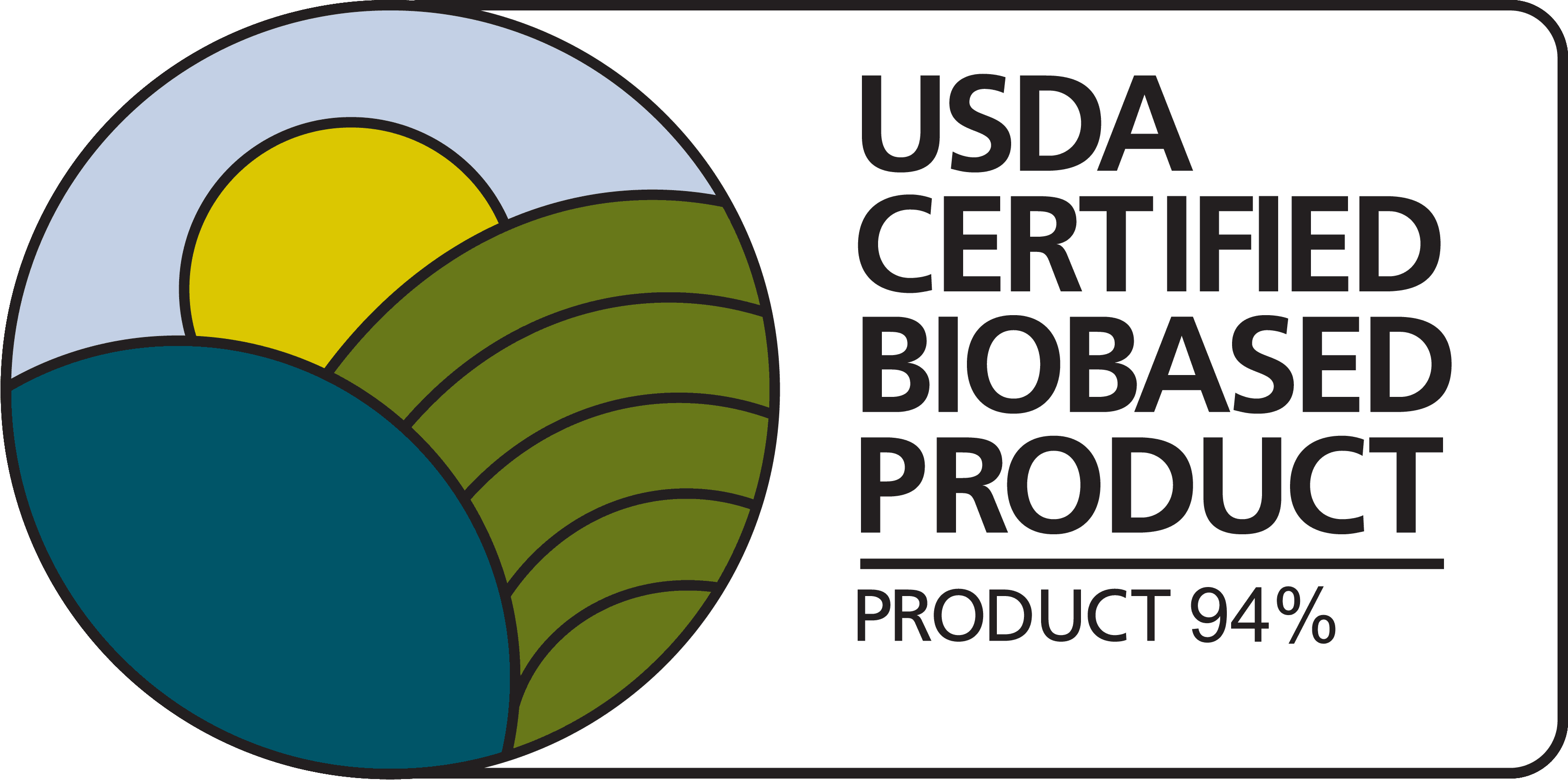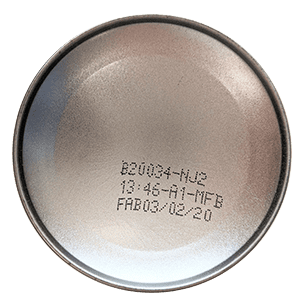DANGER: EXTREMELY FLAMMABLE CONTAINER MAY EXPLODE IF HEATED
KEEP OUT OF REACH OF CHILDREN.
PRECAUTIONS: CONTENTS UNDER PRESSURE.
DO NOT use in presence of open flame or spark. DO NOT puncture or incinerate container or store at temperatures over 50ºC. Avoid contact with eyes and food. For surfaces and/or objects that may come intodirect contact with children at the mouthing stage of development, a rinse with potable water is recommended.



